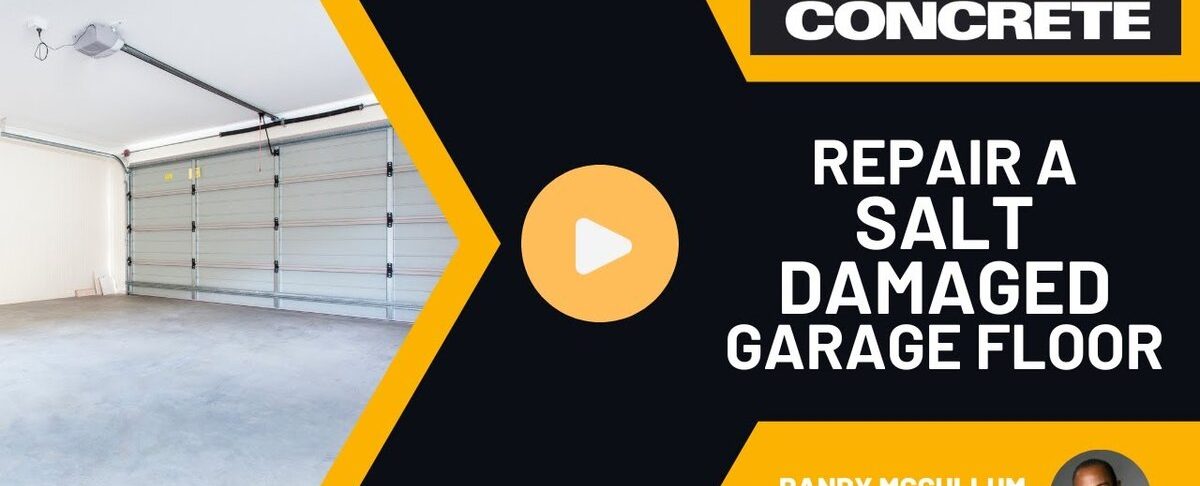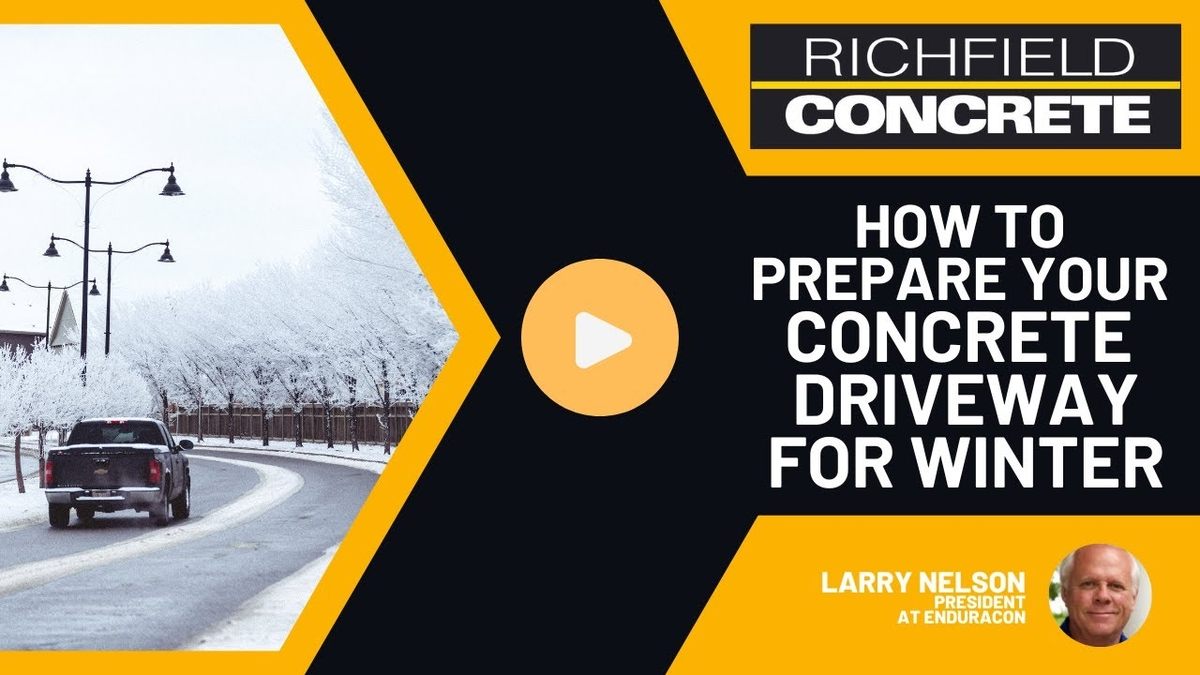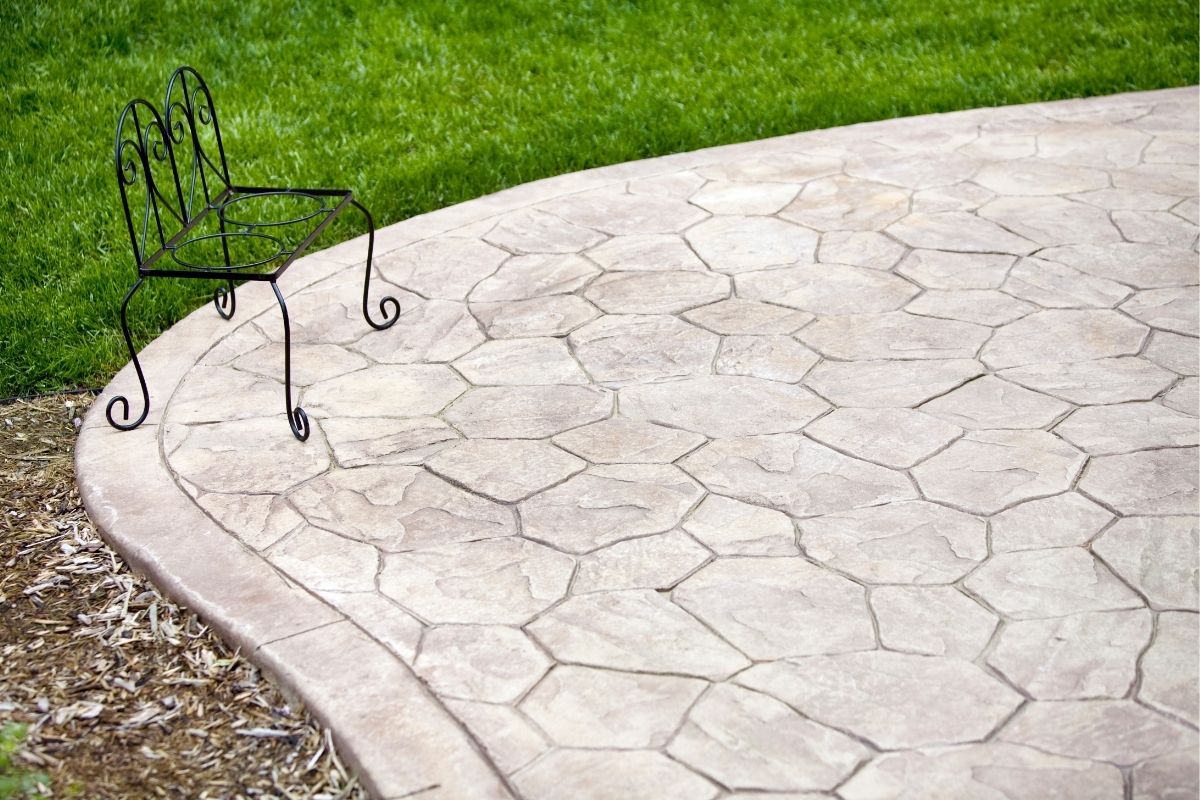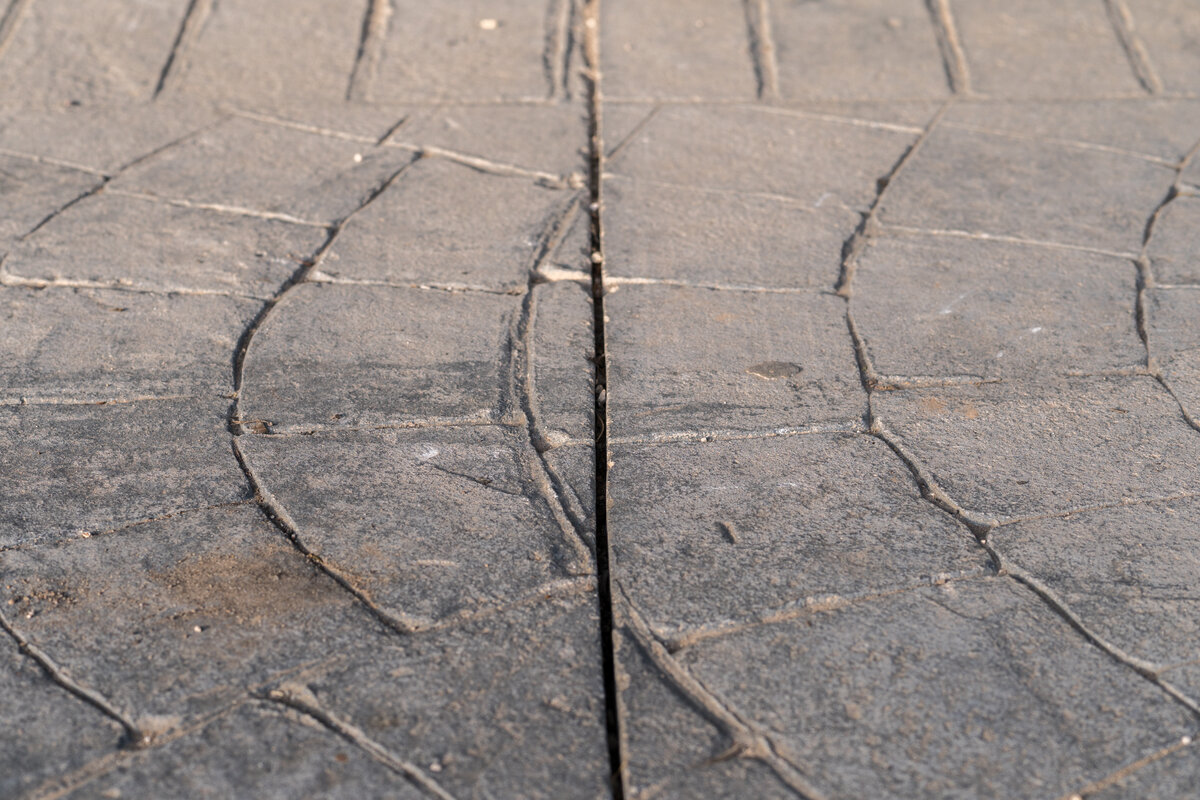Concrete garage floors are robust and durable, but they aren’t immune to damage. One common issue homeowners face is salt damage, especially in areas where road salt is used during winter. If your garage floor is showing signs of wear and tear, don’t panic. With the right approach, you can restore it to its former glory. This guide will walk you through the process of repairing a salt damaged concrete garage floor, ensuring it looks as good as new.
Understanding Salt Damage
Salt damage on concrete surfaces typically occurs due to the deicing salts used during winter. When salt mixes with water, it penetrates the porous concrete, leading to scaling and flaking of the surface. Over time, this can cause your garage floor to appear unsightly and deteriorated. However, it’s essential to note that this type of damage is mostly cosmetic and does not typically affect the structural integrity of the concrete.
Assessing the Damage
Before you begin the repair process, it’s crucial to assess the extent of the damage. Salt damage can range from light scaling to more severe flaking. Here’s how you can determine the severity:
Light Scaling
If the damage involves minor surface flaking and scaling without deep cracks, it falls under light scaling. This type of damage can be addressed with simple surface treatments and coatings.
Heavy Scaling
Heavy scaling involves significant flaking and deeper surface damage. This level of damage requires more intensive surface preparation and application.
Surface Preparation
Proper surface preparation is the cornerstone of any successful repair project. Here’s a step-by-step guide to prepping your salt damaged concrete garage floor:
Power Washing
Start with a thorough power wash. This step is critical as it removes all loose flakes and debris from the concrete surface. Aim for a high-pressure wash to ensure all damaged particles are eliminated. This creates a clean, solid base for the repair materials to adhere to.
Additional Cleaning
After power washing, inspect the surface for any remaining debris or loose particles. If needed, use a stiff brush to scrub off any stubborn areas. Rinse the surface again to ensure it’s completely clean.
Applying the Repair Materials
Once the surface is prepped and clean, it’s time to apply the repair materials. The type of product you use will depend on the extent of the damage and the desired finish.
Coating Products
For light to moderate damage, coating products are a great choice. These products create a new surface layer that can be dyed or stamped to resemble fresh concrete. Apply the coating evenly using a roller or brush, ensuring a smooth, even layer for a professional finish. You can dye the coating to match your garage’s aesthetic or even stamp it for a textured look.
High-Strength Surface Replacements
For more severe damage, you might need a high-strength surface replacement product. These materials are designed to replace the damaged layer of concrete with a durable, resilient surface. Follow the manufacturer’s instructions for mixing and applying the product, typically spreading the mixture over the damaged area and smoothing it out to create an even surface. Allow the product to cure as per the instructions to ensure it bonds well with the existing concrete.
Maintenance and Prevention
After repairing your salt damaged concrete garage floor, it’s important to take steps to prevent future damage.
Sealing the Concrete
Applying a high-quality sealant to your garage floor can help protect it from salt damage in the future. Sealants create a barrier that prevents salt and water from penetrating the concrete.
Regular Cleaning
Regularly cleaning your garage floor, especially during winter months, can help prevent salt buildup. A quick rinse can remove surface salts before they have a chance to cause damage.
Conclusion
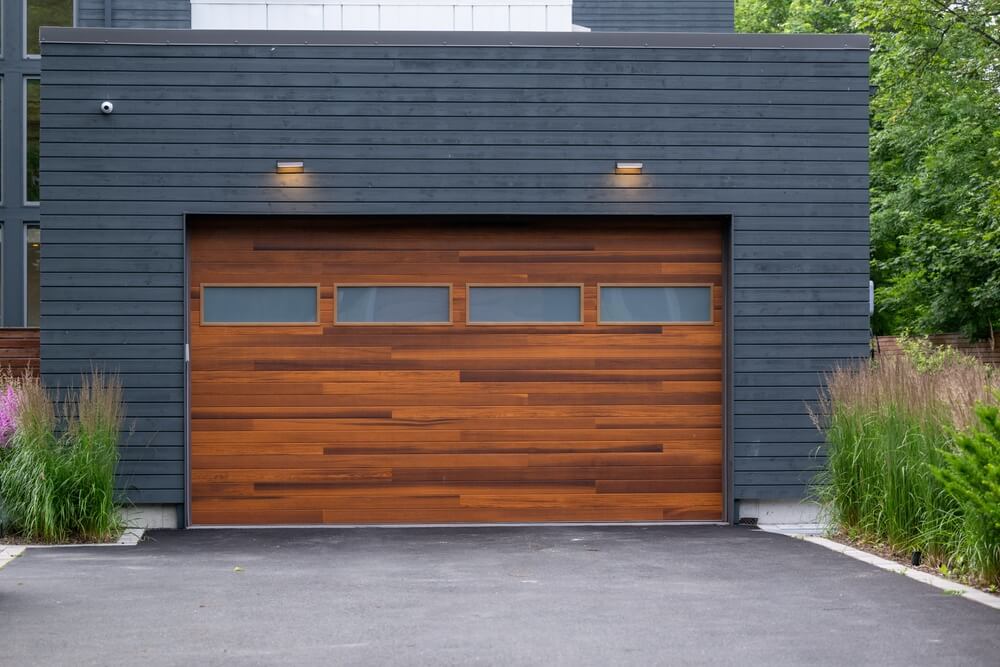
Repairing a salt damaged concrete garage floor might seem daunting, but with the right approach, it’s a manageable DIY project. By assessing the damage, prepping the surface, and applying the appropriate repair materials, you can restore your garage floor to its original condition. Remember, while salt damage is unsightly, it’s usually not structural, so with a little effort, your garage floor can look as good as new. For professional assistance and top-quality repair products, contact Richfield Concrete today.




